Dr. Nikola: An Introduction
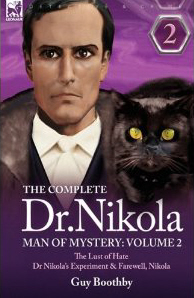 Dr. Nikola is another highly influential Victorian character who has been all but forgotten in the intervening century. The creation of Australian novelist Guy Boothby, Antonio Nikola was one of the earliest examples of a villain granted his own series. Nikola appears in five novels: A Bid for Fortune (1895), Dr. Nikola Returns (1896), The Lust of Hate (1898), Dr. Nikola’s Experiment (1899), and Farewell, Nikola (1901).
Dr. Nikola is another highly influential Victorian character who has been all but forgotten in the intervening century. The creation of Australian novelist Guy Boothby, Antonio Nikola was one of the earliest examples of a villain granted his own series. Nikola appears in five novels: A Bid for Fortune (1895), Dr. Nikola Returns (1896), The Lust of Hate (1898), Dr. Nikola’s Experiment (1899), and Farewell, Nikola (1901).
Many of the trademarks associated with later criminal geniuses begin with Nikola. Like James Bond’s nemesis Blofeld and his ever-present white Persian cat, Nikola is rarely seen without his black cat Apollyon. Fu Manchu’s pet marmoset Peko is often depicted perched on his shoulder in Sax Rohmer’s thrillers, so Apollyon is regularly described as perching on Nikola’s shoulder.
It is Fu Manchu who owes the most to Nikola. The description of Fu Manchu’s “brow like Shakespeare and face like Satan” finds a parallel in Nikola’s similarly striking features. Nikola is described as having “the Devil’s eyes.”
Even more so, Fu Manchu shares with Nikola an uncharacteristic code of honor that makes these villains somewhat sympathetic in the reader’s eye. Both villains make generous gifts to the individuals they formerly persecuted treating the entire affair as if it was merely a game.

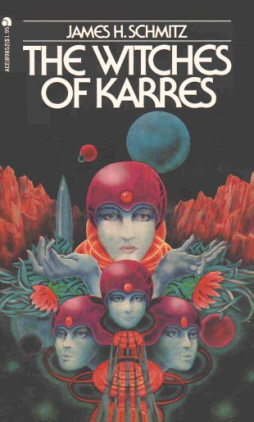 I decided to review The Witches of Karres mostly because I remember seeing some sequels, written by different authors, as James H. Schmitz died in 1981.
I decided to review The Witches of Karres mostly because I remember seeing some sequels, written by different authors, as James H. Schmitz died in 1981.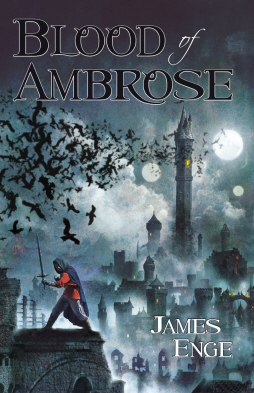
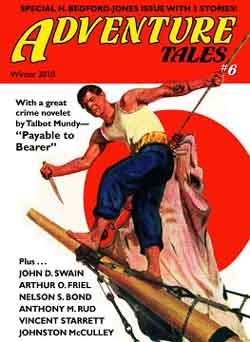
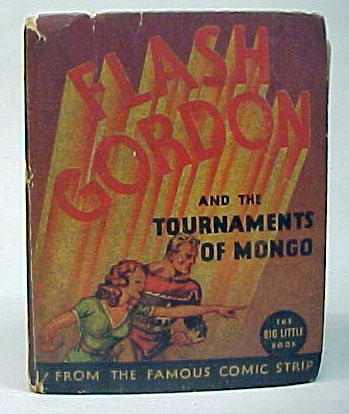
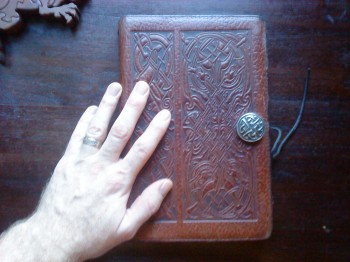
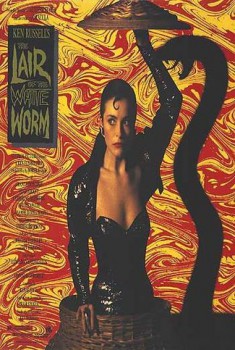 No, this isn’t a review of the Ken Russell film The Lair of the White Worm. The poster just fits so well with Cornell Woolrich’s 1935 story “Kiss of the Cobra” that I had to use it. You would almost think Russell was adapting Woolrich, not Bram Stoker.
No, this isn’t a review of the Ken Russell film The Lair of the White Worm. The poster just fits so well with Cornell Woolrich’s 1935 story “Kiss of the Cobra” that I had to use it. You would almost think Russell was adapting Woolrich, not Bram Stoker. There are indeed urban legends at work in the Collector’s market. For example, the entire print order of George Alec Effinger’s first novel, What Entropy Means to Me (Doubleday, 1972) was supposedly pulped before publication (almost certainly untrue).
There are indeed urban legends at work in the Collector’s market. For example, the entire print order of George Alec Effinger’s first novel, What Entropy Means to Me (Doubleday, 1972) was supposedly pulped before publication (almost certainly untrue).